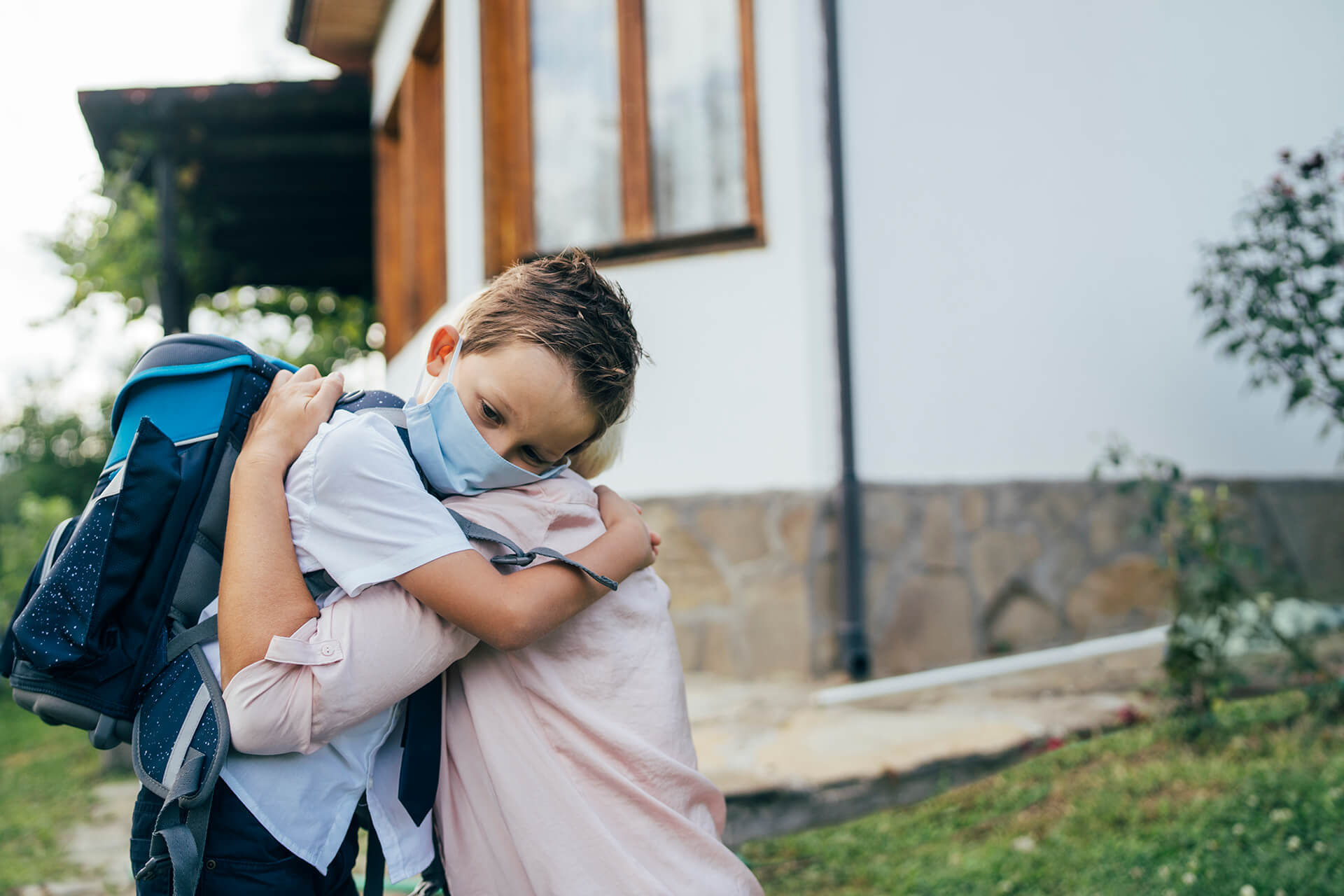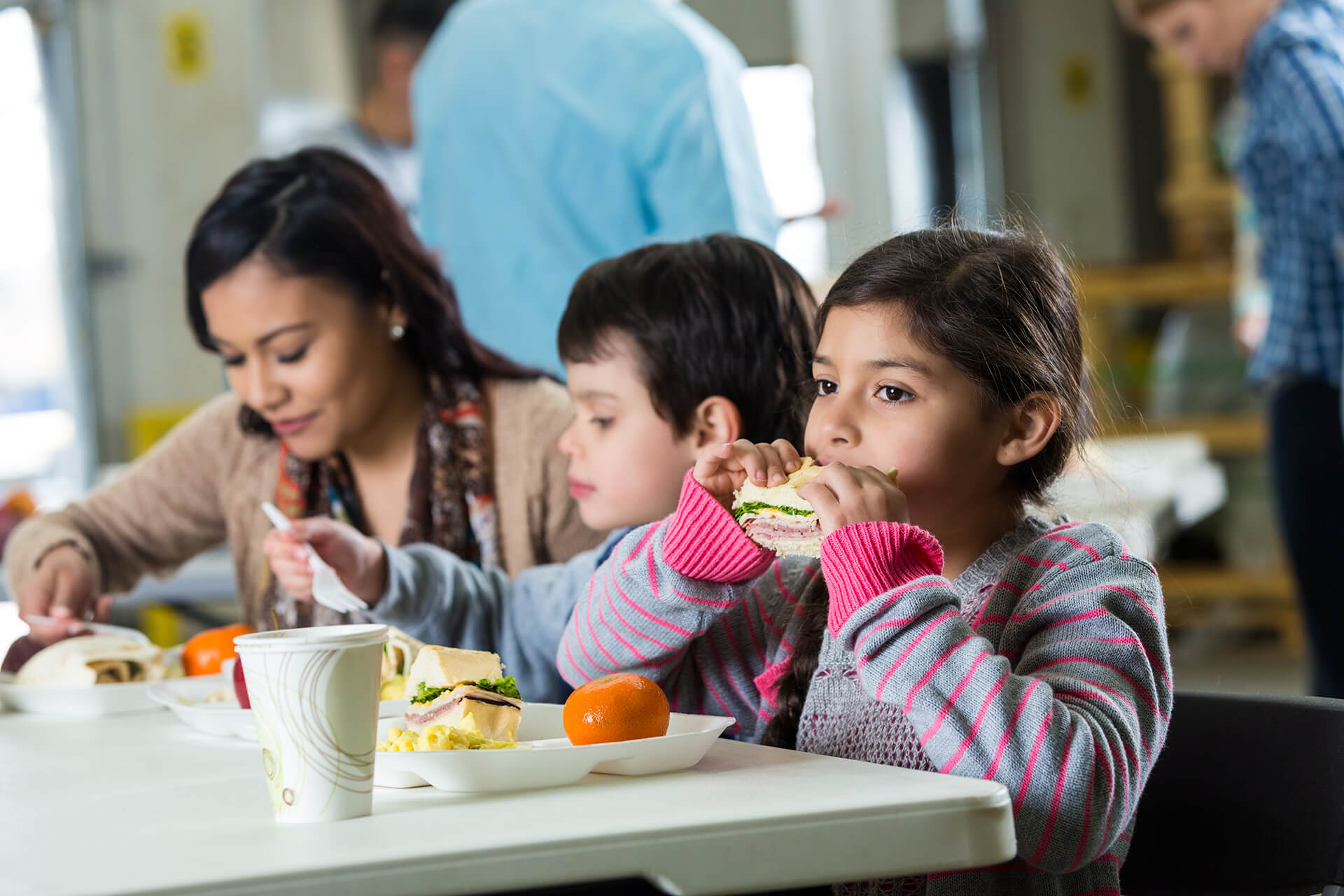Housing and Homelessness
More than 1.5 million children enrolled in public schools experienced homelessness during the 2017-18 school year. Nearly 1 in 3 children are housing insecure and live on the edge of homelessness. A sudden change in a family’s economic stability such as job loss or a medical emergency can leave a family without a stable place to live.


